In recent years, as China’s urbanization has accelerated, traffic congestion has become a growing challenge. In major cities, issues such as gridlocked roads, slow commuting, and limited parking have become part of daily life. One of the fundamental causes lies in the increasing pressure on urban roads, the high saturation of traffic networks, and the slow expansion of road area — resulting in a widening imbalance between traffic demand and supply.
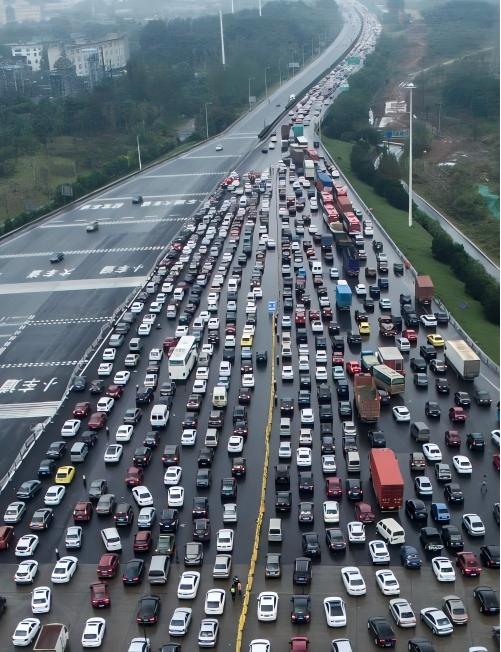
Growing Pressure on Urban Roads
With rapid economic development and rising living standards, the number of motor vehicles in China has increased dramatically. Statistics show that there are now more than 400 million motor vehicles nationwide, with over 300 million cars. Mega-cities such as Beijing, Shanghai, Guangzhou, and Shenzhen each have millions of registered vehicles, and the numbers continue to rise.
However, road resources are limited. The expansion of road networks cannot keep pace with the explosive growth in car ownership, leading to chronic overloading of urban traffic systems. During morning and evening rush hours, main roads and ring highways in large cities often become “parking lots,” with vehicles inching forward. The resulting traffic pressure not only lengthens commuting times but also causes fuel waste, air pollution, and noise — creating broader social and environmental problems.
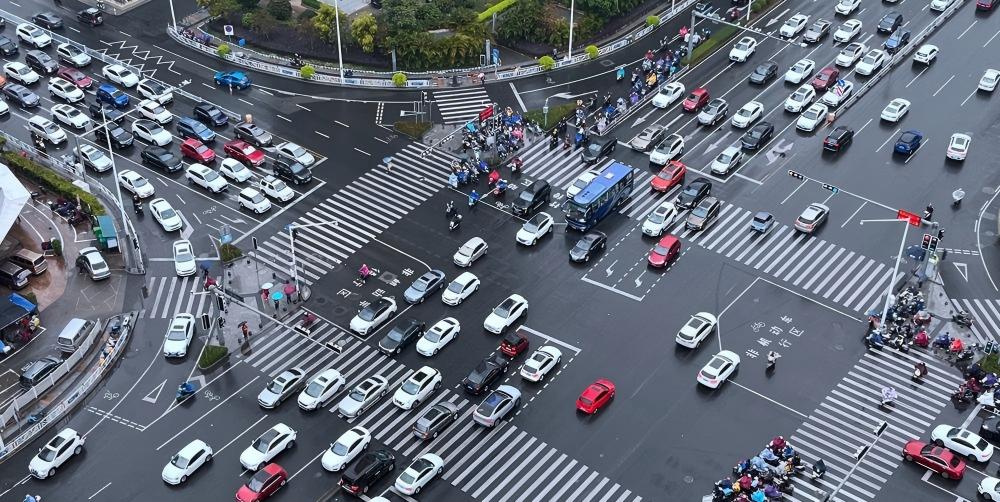
High Road Saturation in Major Cities
In most large cities, road saturation remains persistently high. Take Beijing as an example: roads account for about 15% of the built-up area — close to the level of many international metropolises — yet the traffic volume far exceeds capacity. In central districts, limited road space must accommodate private cars, buses, bicycles, and pedestrians, leading to frequent conflicts and reduced efficiency.
Urban structure further intensifies this congestion. The traditional “single-center” layout concentrates jobs and commercial facilities in downtown areas, while residential zones sprawl outward. This creates a “tidal flow” of traffic every morning and evening, with vehicles converging on a few main arteries. Although many cities have built subways, expressways, and ring roads to ease congestion, overall traffic pressure remains heavy.
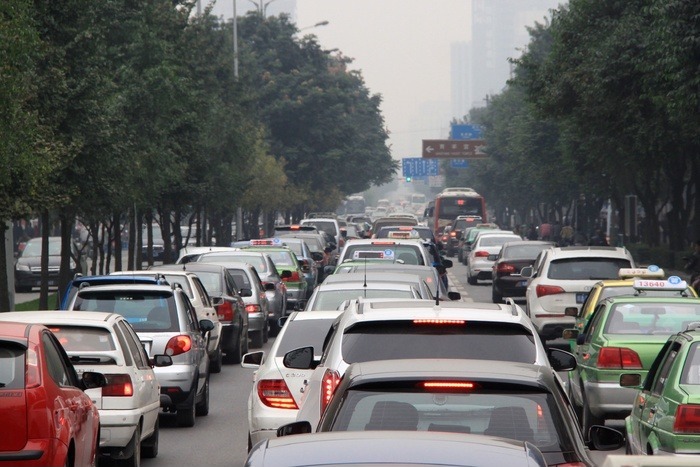
The Dilemma of Slow Road Expansion
The slow growth of road area reflects the challenges of limited land and complex urban planning. On one hand, densely built-up urban areas leave little space for new roads; projects often face difficulties with land acquisition, demolition, and long construction periods. On the other hand, stricter environmental and heritage protection policies have further constrained land available for transportation infrastructure.
Moreover, road construction requires significant investment, while many local governments are already burdened by spending on subways, housing, and urban renewal. As a result, funding for new roads is limited. Road expansion projects are expensive and take years to complete, making it nearly impossible for supply to keep up with rising traffic demand.
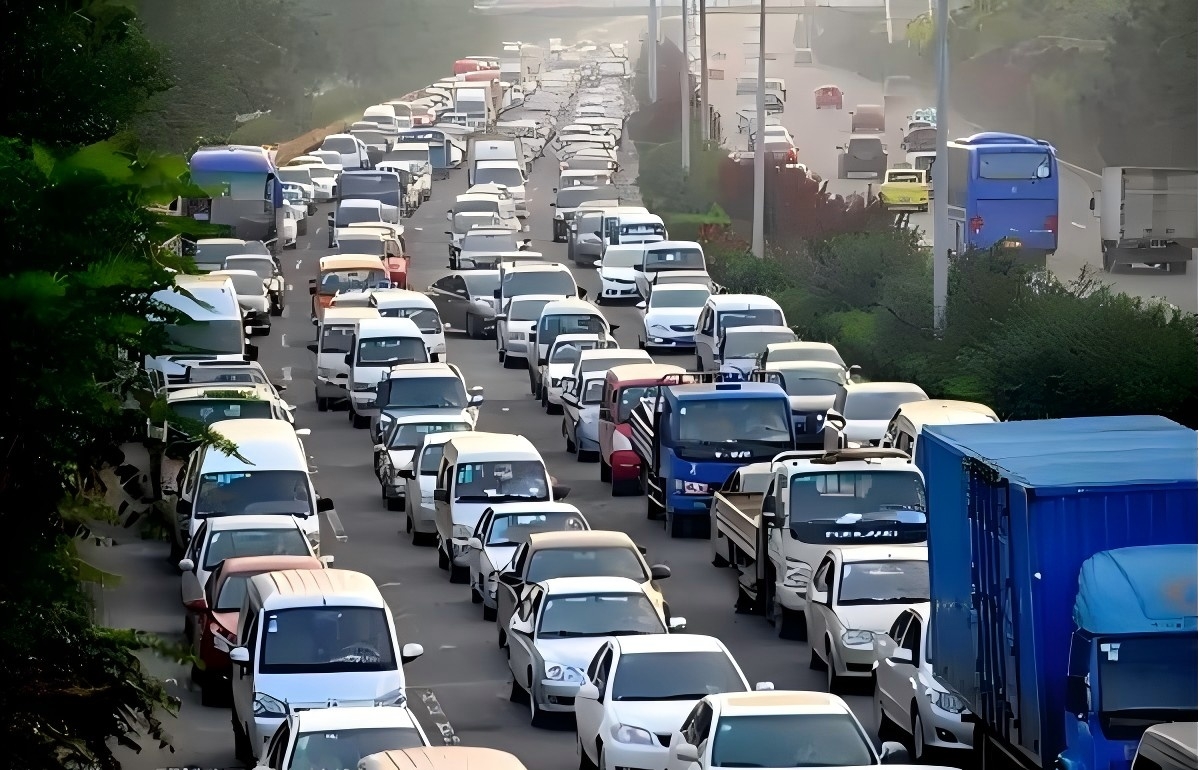
From “Building Roads” to “Managing Roads”: A Multi-dimensional Approach
Given the dual challenge of limited space and rising traffic demand, simply building more roads is no longer an effective solution. Future urban traffic management must shift from a “car-oriented” model to one that prioritizes people and system optimization.
Optimize urban spatial layout.
‎Urban planning should promote balanced population and industry distribution and develop polycentric city structures to reduce long-distance commuting. Examples include Beijing’s sub-center and Xiong’an New Area, and Shanghai’s coordinated north-south development — all aimed at redistributing urban functions.
Strengthen public transportation systems.
‎Expand metro networks, light rail, and BRT (Bus Rapid Transit), and integrate bus and cycling systems to encourage green travel. By making public transit faster and more comfortable, cities can reduce dependence on private cars and ease overall road pressure.
Promote smart traffic management.
‎Use big data, AI, and IoT technologies for real-time monitoring and dynamic control of traffic flows. Smart traffic lights, lane management, and parking guidance systems can significantly improve road efficiency. Cities like Shenzhen and Hangzhou have already adopted “intelligent signal control” on major roads, effectively reducing wait times.
Improve parking and restriction policies.
‎Implement differentiated parking fees, congestion charges, and license-plate restrictions to guide rational car use. Better planning of public parking facilities can also reduce roadside parking and free up road space.
Encourage green and low-carbon travel.
‎Develop pedestrian-friendly and cycling-friendly infrastructure, building “15-minute life circles” that make short trips easier without cars. Promoting new energy vehicles also helps cut emissions and build sustainable transport systems.
China’s urban traffic congestion reflects a deeper contradiction between rapid urbanization and limited space. As road pressure rises and expansion opportunities shrink, only comprehensive, science-based governance can lead cities from congestion to connectivity.
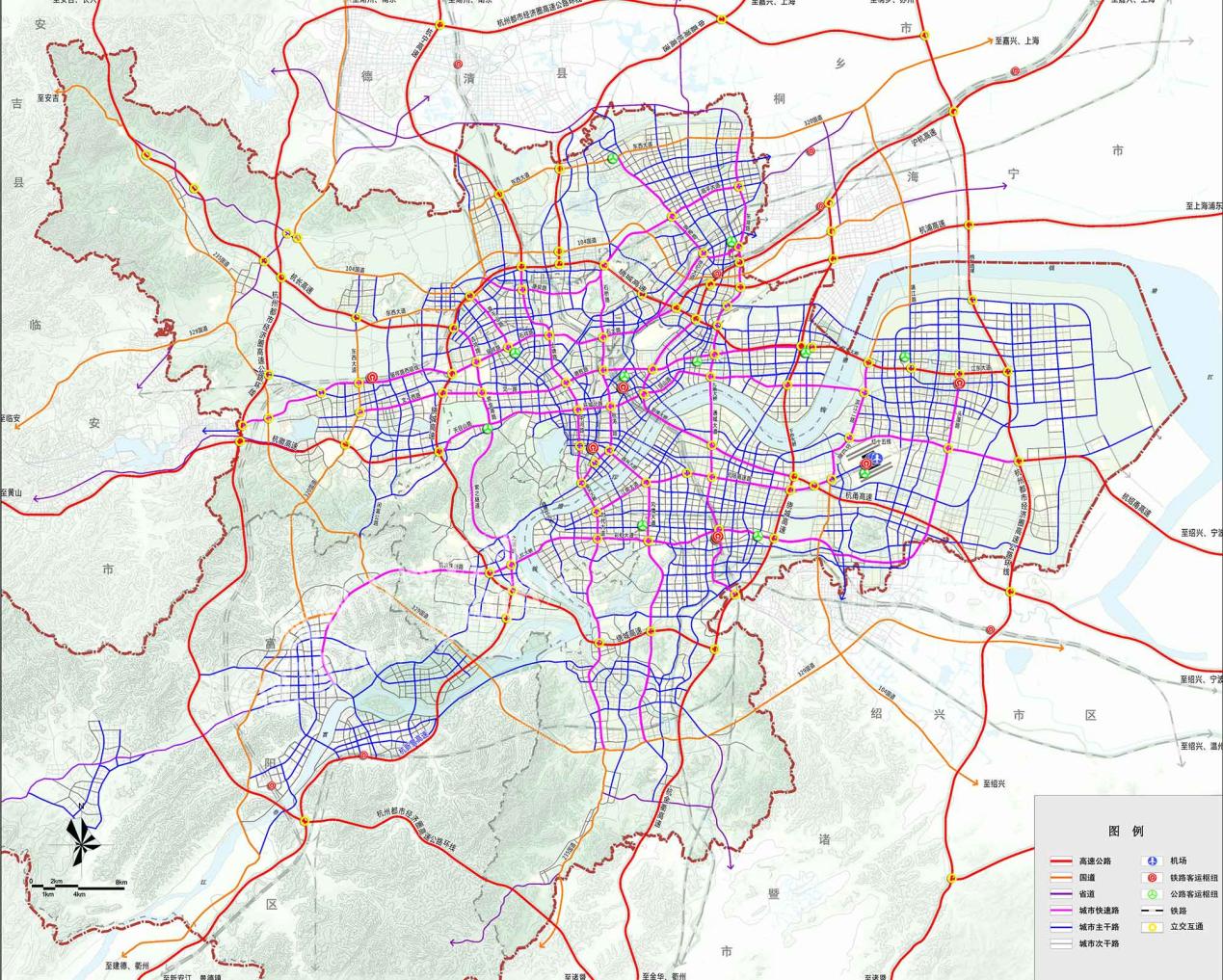
The future of urban transport lies not in “building more roads,” but in “making every road smarter and more efficient.” By creating a greener, smarter, and more human-centered transportation system, Chinese cities can become truly livable — where travel is no longer a burden, but a smooth and enjoyable part of life.



